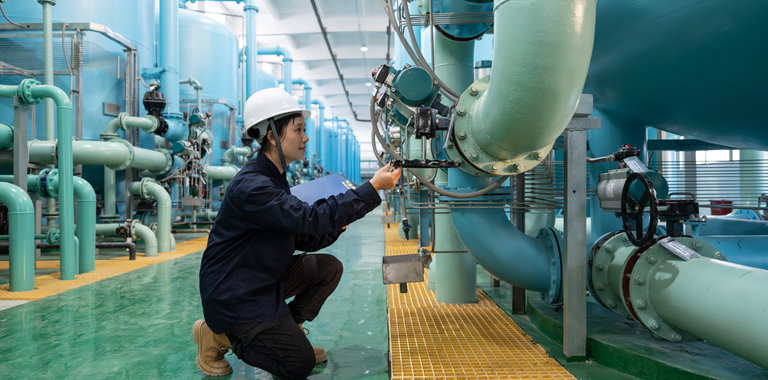
5 best practices for implementing an integrated approach to APM
We often discuss the benefits of an integrated approach to asset performance management (APM), and these are relatively easy to grasp. With connected systems and data, organizations gain a wealth of actionable insights. They can then use these insights to better prioritize and achieve the optimal balance of risk cost and performance.
What’s less clear is the path to achieving these benefits. To help, we have previously shared what to consider when moving towards an integrated approach. To build on this advice, here are 5 best practices for real-world implementation.
Create a blueprint that maps out the current process and desired future state
One of the reasons projects or implementations fail is a lack of clarity around the original problem and what exactly the intended solution is meant to achieve. This is why a blueprint is essential. It provides a common understanding of the original problem and the desired future state as well as what’s required to close the gap – the gap defines the transition plan needs, which in turn determine the people, process and technology aspects of an incumbent solution.
The blueprint for an integrated approach to APM should include:
- Current processes, including formal and informal
- Future state process
- The differences and enablers between the current and future state, including necessary tools and expertise
The creation of the blueprint should involve stakeholders across areas such as reliability, maintenance operations, instrumentation, IT, and cyber security. This ensures their key challenges are understood, and they have input into the desired future state and any boundary limitations. It also ensures they understand the reasons behind changes in process and technology, setting the stage for easier adoption.
Identify how to connect silos and drive the ongoing process of APM
As part of the blueprinting exercise, you need to examine each of the siloed functions of APM and how best to connect them. It is useful to break this down into two steps. First, identify the foundational content for the future state process. This involves taking a whole-of-life asset view using failure, mode, effects and criticality analysis (FMECA) based models as a basis. For each asset type, you’ll need to capture all routine maintenance, condition assessments, the likelihood of failure, impacts of failure, corrective actions, and monitoring diagnostics.
You then need to map out the ongoing process. What are the changes that will take place and what needs to happen because of those changes. For instance, what happens after an alarm event? What are the triggers to drive analysis, remediation and continuous improvement?
Identifying the triggers is important as these are what make people step into the process and ensure it is followed.
Leverage existing content to start quickly and build competitive advantage
A lack of content can make it seem too hard to get started or scale from a pilot to full deployment. However, you don’t need to recreate the wheel. There is a lot of generic content that can be re-used, including FMECA models, diagnostics, strategies and plans. It just needs to be structured for your organization, systems and data standards.
Remember that knowledge management can help you create competitive advantage. So use what’s available not only to start quickly, but to learn from others in your industry.
Bring in the right experts to augment and supplement your team
Practitioners of APM know that to achieve the value of any technology requires human expertise across various domains, not just the technology or system itself. These include:
- Equipment expertise
- AHM expertise (condition monitoring & diagnostics)
- ASM expertise (strategy optimization)
- DE expertise (cause and effect analysis)
- WEM expertise (master data standards and structure)
- APM process expertise
- Technical platform expertise
- Change management expertise
Consider where you need to augment or supplement your team. Remote support can be cost-effective and scaled as needed. However, quick and easy accessibility to experts is key.
Set the expectation that an integrated approach becomes business as usual
When moving to an integrated approach to APM, it’s important not to treat this as a side project or initiative with a start and finish. As part of your change management approach, you’ll want to set the expectation that this approach will become business as usual.
As you define your change management plan, you’ll need to identify what’s important to promote and what level of awareness and education is required. It’s also important to use clear language when promoting the change and connect it to a culture of reliability and performance.

